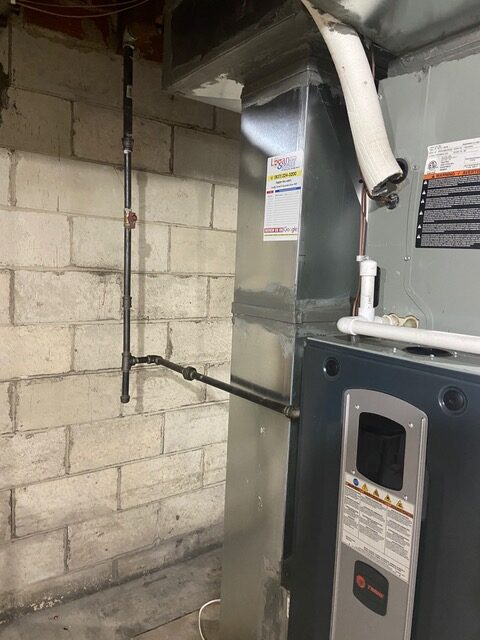The Ultimate Guide to Heating System Installation for a Cozy Home
Furnace installment is a crucial aspect of maintaining a comfortable home setting, particularly throughout the chillier months. As you think about these elements, the inquiry stays: what steps can you take to guarantee your heating system serves you well for years to come?
Types of Furnaces

Gas heating systems are the most usual choice because of their performance and reduced functional prices. They utilize natural gas or propane, supplying quick home heating and regular performance, making them excellent for colder climates.
Electric heaters, while generally much easier to mount and maintain, have a tendency to have higher operational expenses. They are commonly favored in areas where gas solution is not available or for homes with existing electric facilities.
Oil furnaces, though much less common today, remain a feasible alternative in certain regions. They melt heating oil, which can be beneficial during chillier months, but their reliance on oil delivery postures possible challenges.
Additionally, there are high-efficiency versions offered across these types, which can considerably lower power intake and utility expenses - furnace installation. Inevitably, understanding these heater types will certainly help house owners select a system that aligns with their home heating requires, budget, and power preferences
Selecting the Right Dimension
Selecting the suitable dimension for a heater is critical to ensuring optimum efficiency and power effectiveness. An undersized heater will certainly have a hard time to keep comfortable temperatures throughout the chilly months, bring about enhanced deterioration, greater power expenses, and prospective system failing. Conversely, a large heating system may cycle on and off too regularly, leading to ineffective home heating and irregular temperature circulation within the home.
To establish the correct heater size, an estimation recognized as the Guidebook J load calculation need to be done. This process examines numerous elements, including the square video of the home, insulation levels, home window sizes, and regional climate problems. This thorough evaluation ensures that the heater satisfies the specific home heating demands of the area.

Installment Refine Introduction
In terms of materials, you will certainly need ductwork, insulation, and sealing tape to make certain optimum air movement and power effectiveness - furnace installation. It read review is likewise crucial to have a brand-new furnace filter handy, along with airing vent materials, such as PVC pipeline or steel flue, depending on the sort of heating system being installed
Security tools, including handwear covers, safety glasses, and a face mask, is also vital to secure against dust and particles throughout setup. Having all these devices and products readily available not only streamlines the procedure yet also improves the security and performance of the heater setup.
Upkeep Tips for Longevity
To guarantee the check this longevity of your heating system, it is essential to apply a normal maintenance timetable that resolves vital components of the system. Start by replacing or cleaning up the air filter each to three months, as a blocked filter can restrict air movement and reduce effectiveness. In addition, check and clean up the blower assembly to avoid dust buildup that can hinder efficiency.
Following, examine the thermostat settings and recalibrate if required to make sure accurate temperature level regulation. Examine the ductwork for leaks or blockages, as this can result in power loss and irregular home heating. Frequently lube the electric motor and bearings according to the manufacturer's recommendations to reduce deterioration.
Expert inspections should occur yearly, where a qualified service technician can assess the furnace's overall condition, look for gas leakages, and make certain that safety features are functioning appropriately. Finally, consider installing a programmable thermostat to optimize energy use and preserve constant home temperatures. By taking on these upkeep methods, you can enhance your heater's performance, prolong its life expectancy, and ultimately enjoy a cozy and comfy home setting.
Final Thought
